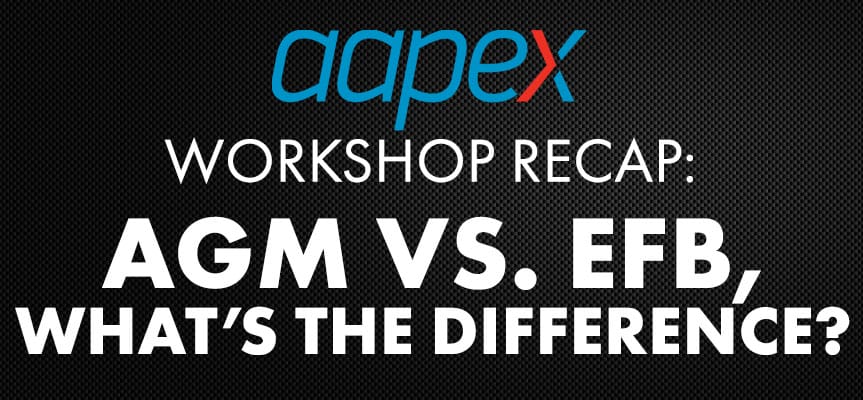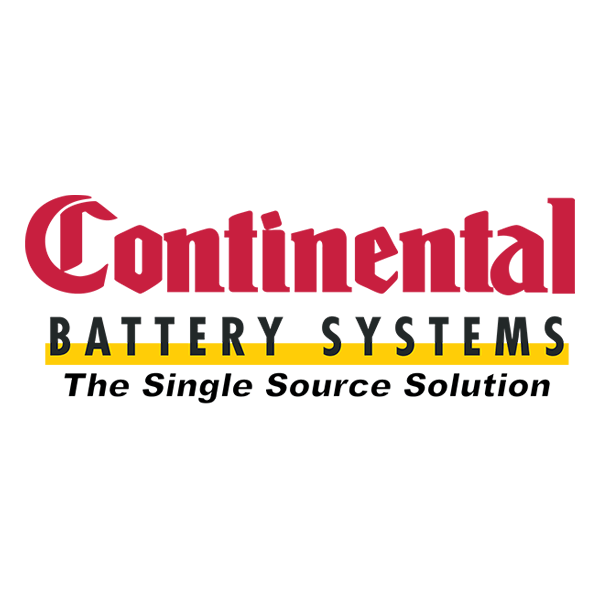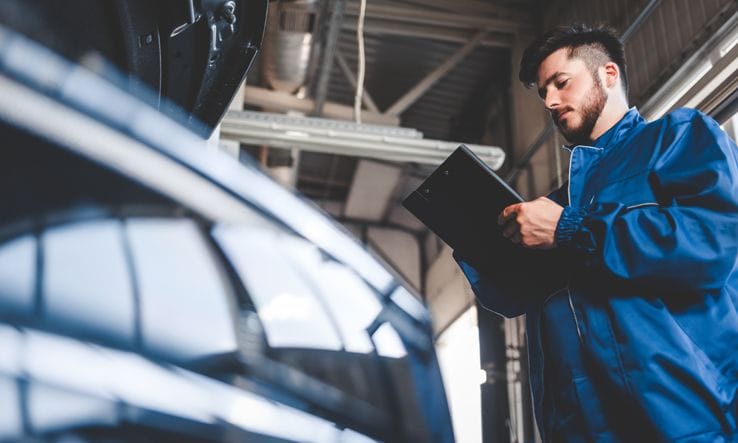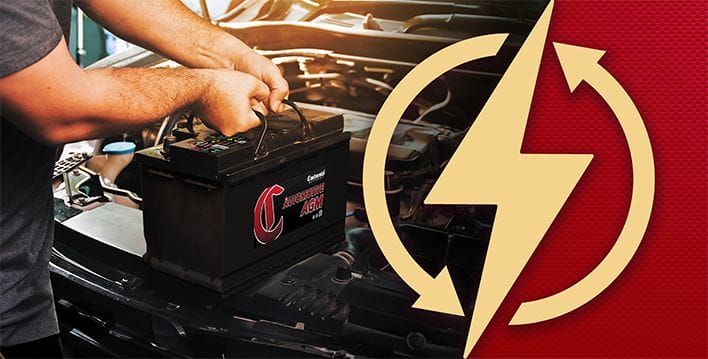
Consumers today want vehicles that work hard and play hard. From lane-keep assist to smartphone connectivity and heated seats to adaptive cruise control, modern vehicles have a lot of computerized systems running at once. Many of these functions, such as security alarms, are working even when the car is off.
Traditional car batteries — while still the most popular and economical car batteries on the market — may have a harder time supplying energy to all of these computerized systems. Enter advanced batteries: EFBs and AGMs. These batteries are redesigned for better energy output, more durability and longer lifespans to get consumers where they need to go.
At Continental Battery Systems’ booth at the 2022 Automotive Aftermarket Products Expo (AAPEX), partner Stryten Energy presented its EFB and explored the benefits and growth predictions for the EFB market. Representatives also compared EFBs and AGMs, outlining how EFBs can be an affordable and still powerful alternative to AGMs in many applications.
Let’s review the AAPEX Workshop presentation on EFB vs. AGM and find which battery is right for consumers’ needs.
What is an AGM Battery?
An absorbent glass mat (AGM) battery is an advanced battery with absorbent fiberglass separators that absorb liquid sulfuric acid — or the electrolyte of the battery — and store it in a dry state. This makes the battery safer in the event of a collision. Because of the absorbent separators, manufacturers can put more lead plates inside the battery, too, which increases power capacity.
AGM batteries are designed to provide more power for all types of vehicles, which is especially helpful for those that have many computerized systems for everything from driving assist functionality to smartphone connection. These batteries are also important for powering fully electric and hybrid vehicles.
What is an EFB?
An enhanced flooded battery (EFB) is an advanced lead-acid battery and an updated version of wet-flooded batteries. These batteries, which are sometimes referred to as advanced flooded batteries (AFB) or improved flooded batteries (IFB), have a polyfleece material that lines the lead plates inside the battery. In both traditional batteries and EFBs, there is a liquid sulfuric acid electrolyte that creates electricity when it comes into contact with the lead plates.
But in EFBs, the polyfleece lining offers more protection for the lead plates, so they don’t wear down as quickly. The polyfleece lining also provides a more consistent flow of energy compared to traditional batteries. These batteries also have carbon additives in the lead plates as well as a specially designed grid structure to transfer electrons more effectively.
With the grid structure, carbon additives and polyfleece lining, EFBs are designed for improved charge acceptance and cyclic durability while in a reduced state of charge.
EFBs are particularly good at powering vehicles with start-stop functionality. This function helps improve a car’s fuel economy, but there needs to be a reliable flow of energy and a more durable battery — like an EFB — to handle all the engine restarts.
How Battery Technology Has Evolved
That backup camera that makes parallel parking a breeze or the warmers that heat up your seats on winter mornings make life convenient, but all these added functions need more power to run. Modern vehicles may have up to 200 computerized systems, and many continue to draw power even when the car is off. Batteries had to evolve to keep up because all of these power-draining functions can wear down traditional batteries quickly. In just the last 15 years, the average conventional automotive battery life has decreased by over 10%.
Advanced lead-acid batteries, like EFBs and AGMs, are the solution to these higher energy demands. They can provide more power and prevent premature battery failure. And their power has caught on in the industry. In 2010, about 5% of new vehicles came with an advanced battery. A decade later, more than half of new vehicles that rolled off the line had one.
EFB Benefits
EFBs were designed as a middle ground between standard batteries — which cannot handle the energy demand many modern vehicles have — and AGMs, which are powerful but can be expensive.
More and more vehicles are implementing start-stop technology, too, which requires an advanced battery that can provide consistent energy flow and have reliable cycling durability. EFBs are a great choice for vehicles with start-stop functionality.
Cycling performance. Cycling-related failures have increased by nearly 60% since 2000, but EFBs offer improved cycling durability over traditional wet-flooded batteries thanks to the polyfleece lining on the lead plates.
Recharge rates. EFBs have an improved charge acceptance and performance over standard flooded batteries. The higher number of lead plates in EFBs increase power and charging capabilities.
Lifespan. EFBs can start a vehicle about 85,000 times. Comparatively, conventional batteries will start a car about 30,000 times.
AGM vs. EFB
EFBs have long been considered a step up from conventional batteries but a step below AGM batteries. While EFBs and AGMs each have their own pros and cons, EFBs do have some impressive features that rival and even outperform AGM batteries.
Affordability. EFBs are a lower-cost alternative to AGM batteries and can be a better value than traditional batteries. EFBs cost about 25% more than traditional batteries, but they have a lifespan two to three times greater than that of a standard flooded battery. AGM batteries typically cost 20% to 30% more than EFBs and about twice as much as standard batteries.
Temperature resistance. AGMs work well in frigid temperatures, but they don’t stand up as well to hot climates compared to EFBs. An EFB can last about 52% longer than an AGM battery of the same size in a hot environment. High heat — especially under the hood of a vehicle — can wear down other battery types more quickly, but EFBs better withstand the heat.
Capacity output. In an independent study commissioned by Stryten Energy, researchers found that the tested EFB had 50% higher total average capacity output under a partial state-of-charge operation compared to an AGM battery of the same size.
Usage. While both EFBs and AGMs are considered advanced batteries, there are differences in which is best for certain applications. EFBs are ideal for small- to mid-range vehicles with start-stop technology, while AGMs are best for high-powered vehicles like electric cars and trucks.
The Future of EFB
EFB adoption is already on the rise, with a compound annual growth rate of about 83% for EFBs as original equipment in 2021 vehicle models compared to 2010 vehicle models.
The more technology we integrate into our vehicles to make them more functional, safer and more comfortable, the more energy they will need from the battery. That’s why more and more manufacturers are turning to advanced batteries, including EFBs.
Looking forward, EFB is expected to take up more of the market, especially considering its affordability, durability and long battery life. With more manufacturers implementing start-stop technology, EFB offers a cost-saving battery that can power this functionality and all of the other computerized systems in your vehicles.






